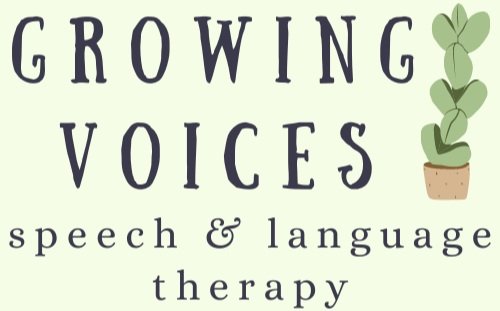Why I Do Not Use Standardized Assessments for Children with Autism
What are Standardized Assessments?
A standardized assessment is a test that is administered and scored in a consistent, or "standard", manner. They can be extremely helpful to see how a child’s skills compare to other children of the same age and determine what areas the child may need help with. Standardized assessments should not be the “end all be all” for any child, but are an important aspect of an evaluation. Standardized assessments are often used for insurance and school eligibility cut-offs. However, are standardized assessments ideal for every child?
Are Standardized Assessments Appropriate for Children with Autism?
Completing a standardized assessment can take several hours. This can be taxing for a child, but even more so for a child with autism. Standardized Assessments are a very small part of a child’s overall capabilities. They often are not helpful for children who have autism, because their scores are evaluated against the scores of their neurotypical peers. But children with autism do not acquire language in the same way. You can learn more about how children with autism acquire language here.
For example, I have a client who was given a standardized assessment and was told she is within the average range and therefore does not need speech and language therapy. However, her mother was concerned because her child had difficulty communicating. She was unable to tell her mother she did not want something, and she did not use pronouns or answer questions (a sign of Gestalt Language Processors). When I transcribed and analyzed her language sample, I discovered her true stage of Gestalt Language Processing. While interacting, it appeared that she had higher levels of language skills; however, she wasn’t able to generalize language in a variety of environments. During familiar play routines, she demonstrated a strong language base of gestalts (language chunks) to pull from, but she had difficulties with self-advocacy and using a variety of language to support moments of shared joy or protests. This is common in children with autism.
Additionally, standardized assessments primarily use questions to determine language abilities. Asking children with autism multiple questions in a row is likely to overwhelm them. Even adults with autism have shared about their difficulties with questions. When children are overwhelmed and stressed, we will not gain a true representation of their skills as they are likely to perform at a lower level when they are not regulated. Children with autism may be able to answer tangible questions about the “here and now,” but are often not able to generalize the skill and produce their own answers until stage 4 of Gestalt Language Processing. A child with autism can answer, “where is the toy bus?” when it is in front of them. But if you ask the same child, “Where do we go when we are sick?” the child is unlikely to answer accurately. Using questions to assess a child with autism can either set them up for failure or provide an inaccurate picture of his/her true abilities.
Although I value honesty about a child’s abilities, I also find that standardized assessments are discouraging for parents. Is it beneficial to have a test that shows your child’s score is far lower than neurotypical peers? I find most parents are already aware of this. Testing can be worthwhile if it informs treatment, but children with autism do not acquire language the same way as neurotypical peers and therefore require different treatment.
How Should Children with Autism be Assessed?
When a child is a Gestalt Language Processor (like most children with autism), the best way to assess the child’s language is through multiple language samples. Children need to be regulated, meaning they do not feel stressed or overwhelmed. The clinician should follow the child’s lead for the most part, and allow the child to participate in an activity they enjoy. Children are more likely to talk if they are interacting with something they enjoy. By recording the language sample, you can listen to determine if an utterance is echolalia or a spontaneous/self-generated phrase, find the hidden meaning of echolalia and determine if an utterance was self-generated or a learned response taught through a different therapy. This provides a better picture of a child’s language abilities, especially if the child has autism.
